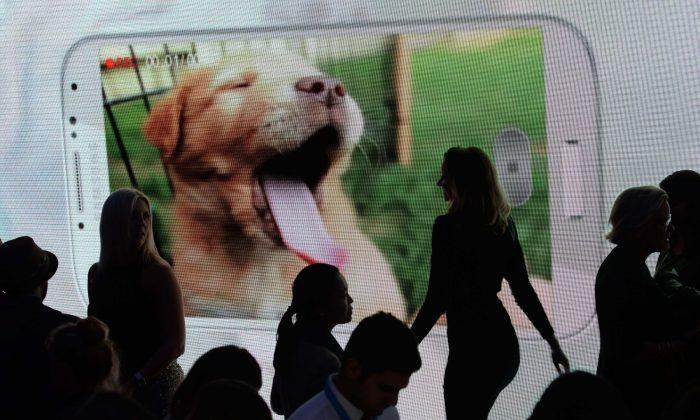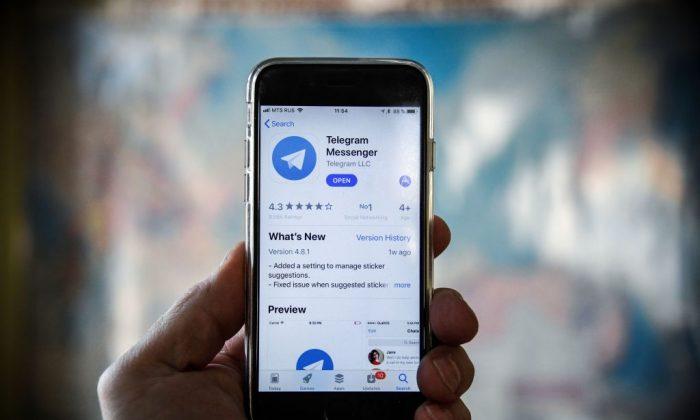NEWS ANALYSIS
The global smartphone patent litigation war, in some ways, elicits more competition than the market for smartphone products themselves.
Top players in the industry such as Apple Inc., Samsung Electronics Co., and Google Inc. have spent billions of dollars to purchase patents, sue competitors, and engage in lawsuit defense.
Such maneuvers have caught the attention of legal analysts and regulators. This week, the European Commission sent Motorola Mobility, a division of Google, a letter of objection complaining about the company’s recent actions in seeking an injunction against rival Apple.
Earlier, Google won a case in Germany against Apple related to its patents over GPRS technologies used in wireless communication. However, the EU’s objection lies in that Google requested an injunction even as Apple had stated its willingness to pay royalties.
Patent laws indicate that a patent holder should offer technologies to paying licensees on fair, reasonable, and nondiscriminatory (so-called FRAND) terms. The refusal of which would constitute an abuse of dominant market position and be deemed anti-competitive.
“The protection of intellectual property is a cornerstone of innovation and growth,” said European Commission VP of Competition Joaquin Almunia in a statement. “But so is competition. I think that companies should spend their time innovating and competing on the merits of the products they offer—not misusing their intellectual property rights to hold up competitors to the detriment of innovation and consumer choice.”
In short, the EU has asked Google to stop over-pursuing litigation and start promoting innovation.
Huge Revenues From Top Players
The smartphone market is the fastest growing trend in cellular phone technology, with Apple and Samsung being the biggest hardware manufacturers. Google, which developed the Android operating system, also entered into the hardware market after its acquisition of Motorola’s cellular phone business.
As of the first quarter 2013, data from market research firm comScore indicated that Apple and Samsung’s U.S. smartphone hardware market share stood at 39 and 22 percent, respectively. For operating systems, Android leads at 52 percent market share, while Apple comes in at 39 percent. BlackBerry, at a little over 5 percent, is a distant third place.
Financially, Apple and Samsung are the only major moneymakers in the industry. Analysts at investment bank Canaccord Genuity found that during the first quarter of 2013, these two firms accounted for 100 percent of the industry’s operating profits, meaning that the sum of profits at all other firms engaged in smartphone production was materially zero.
It’s easy to see why the firms turn to litigation to protect their revenue streams. Apple revenues for Q1 were $54.5 billion, driven largely by iPhone and iPad sales. Over 47.8 million iPhones were sold during the three months. In the same period, Samsung shipped more than 70.7 million smartphones, although not all were running on the Android operating system. Overall, quarterly revenues at Samsung reached almost 53 trillion Korean won (around $50 billion).
Costs to Innovation
While the industry’s biggest players are reaping the rewards, the cash poured into patent litigation could be a detriment to R&D and innovation.
Last year, Stanford economists, in a New York Times report, estimated that the industry overall spent more than $20 billion in patent purchases and litigation over the prior two years. The article cited a quote from Nancy Heinen, a former general counsel at Apple, who said, “[Then CEO Steve Jobs’s] attitude was that if someone at Apple can dream it up, then we should apply for a patent, because even if we never build it, it’s a defensive tool.”
What she was saying is that Apple is willing to patent technology that it doesn’t have a need for, in order to prevent a competitor from obtaining or using such technology for new products.
And Apple isn’t alone in engaging patent warfare. It is par for the course in the technology space, and companies across the industry from Microsoft, AOL, Yahoo, to Kodak have vigorously sought, bought, and defended their suite of patents. This can even be a revenue generator by itself. Three years ago Microsoft co-founder Paul Allen sued numerous companies in the technology industry over dozens of patents he owned, even though he was no longer involved in companies currently developing such technologies.
Such patents can be anything ranging from technical, such as the way an operating system manages multitasking, to trivial, such as the degree of edge curvature on rectangular phone designs.
And in some cases, it is difficult to quantify damages, if any, and assign suitable awards. U.S. Circuit Judge Richard Posner last summer threw out a counter-lawsuit concerning the user interface of certain phone functions by Apple to Motorola (now owned by Google) on the grounds that the suit was frivolous and would “Impose costs disproportionate to the harm ... and would be contrary to the public interest.”
In his ruling to dismiss the suit, Posner wrote, “You can’t go into federal court and say you had a contract with X and X broke it and you’re really annoyed even though you sustained no injury of any sort (in fact you made money because you’re contracted at a higher price).”
“So please give me a judgment for $1 that I can pin on my wall,” said Posner.





Friends Read Free